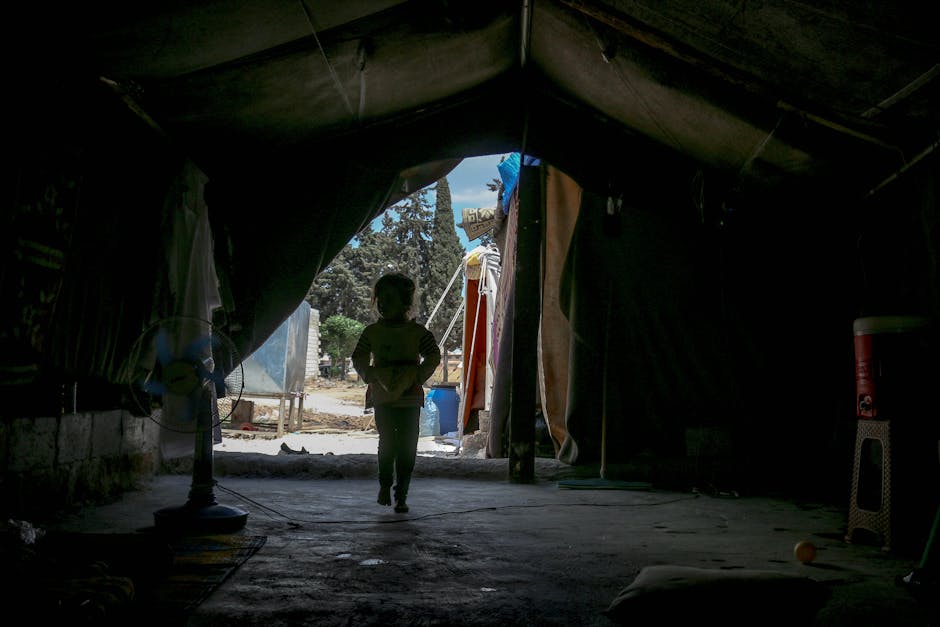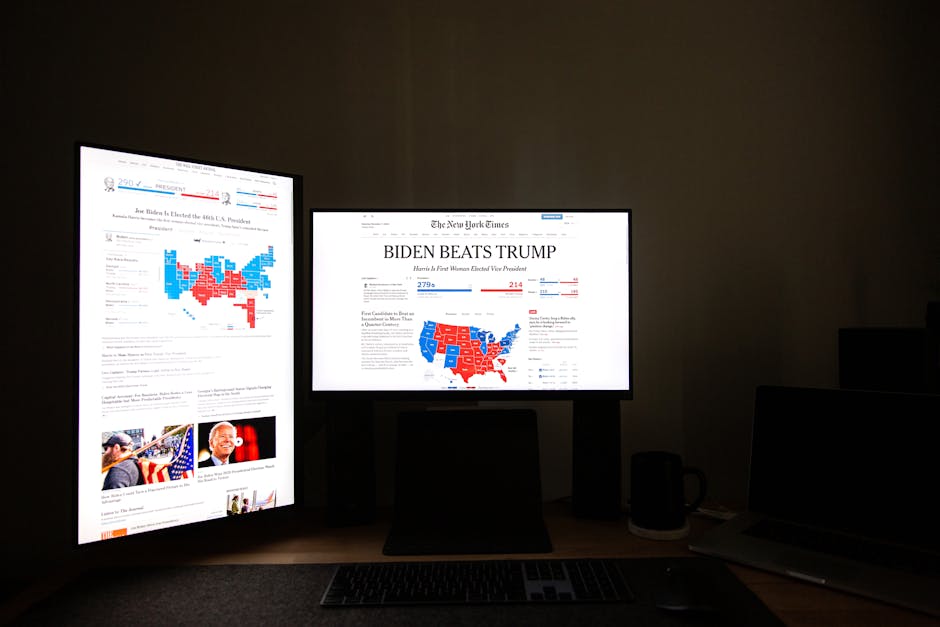The Making of a Modern-Day Folk Villain
In the sprawling, often bizarre landscape of the 21st-century internet, an unsettling phenomenon is taking root. A man accused of stalking and killing a high-profile CEO in broad daylight is being hailed not as a villain, but as a folk hero. His name is Luigi Mangione, and in the darkest corners of social media, a fervent community is canonizing him as a modern-day vigilante.
Mangione stands accused of the murder of Brian Thompson, the CEO of UnitedHealthcare, one of America’s largest and most powerful health insurance companies. For authorities, it’s a homicide case. But for a growing number of people, the alleged crime is secondary to the perceived motive. They see this not as a random act of violence, but as a desperate, explosive reaction against a system they believe is fundamentally broken and predatory.
Understanding the Rage: Why Supporters Are Rallying
To understand the world of Luigi Mangione‘s most fervent supporters is to understand the deep-seated rage millions feel towards the American healthcare industry. This burgeoning support base doesn’t meet in town halls or protest on the streets. It congregates in the digital shadows—on encrypted Telegram channels, anonymous Reddit threads, and under the veil of pseudonyms on platforms like X (formerly Twitter).
Here, the narrative is not one of a tragic death, but of a David finally striking a blow against a corporate Goliath. The sentiment is fueled by a collective sense of powerlessness against a faceless, bureaucratic system that holds the power of life and death.
The Language of Support: Memes, Manifestos, and Shared Trauma
The content shared within these digital enclaves is a mix of grim reverence and dark humor.
- Memes: Graphic designs and images depict Mangione as ‘Saint Luigi’, the patron saint of denied insurance claims.
- The Manifesto: His alleged manifesto, which railed against the insurance industry, is dissected, shared, and treated like a sacred text.
- Personal Stories: Strangers share harrowing personal accounts that fuel the fire: tales of life-saving treatments denied, families bankrupted by a single illness, and loved ones lost because a procedure wasn’t deemed “medically necessary” for profit margins.
One anonymous user on a popular forum captured the complex feelings of many:
“He did what many of us only think about in our darkest moments. When you’re on the phone, begging an insurance agent for your child’s life, you understand the rage. I don’t condone it, but I understand it.”
This sentiment—“I don’t condone it, but I understand”—is the lifeblood of the movement. These supporters aren’t necessarily extremists. They are often ordinary people pushed to the brink: nurses, parents, and individuals drowning in medical debt. For them, Mangione has become a vessel for their collective pain.
A Symptom of a Much Deeper Sickness
To be clear, the celebration of an alleged murder is a chilling development that highlights a dangerous fraying of the social fabric. But to dismiss these supporters as mere ghouls is to miss the point. Their veneration of Luigi Mangione is not truly about the man himself. It is a scream into the void—a desperate, distorted signal from a populace that feels ignored, exploited, and abandoned by a system designed to protect them.
The rise of this digital cult is a feverish symptom of a deeply sick system. The uncomfortable question it forces us to confront is not just about one man’s alleged crime, but about the societal conditions that can turn an accused killer into a symbol of hope for the hopeless.




